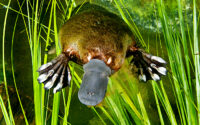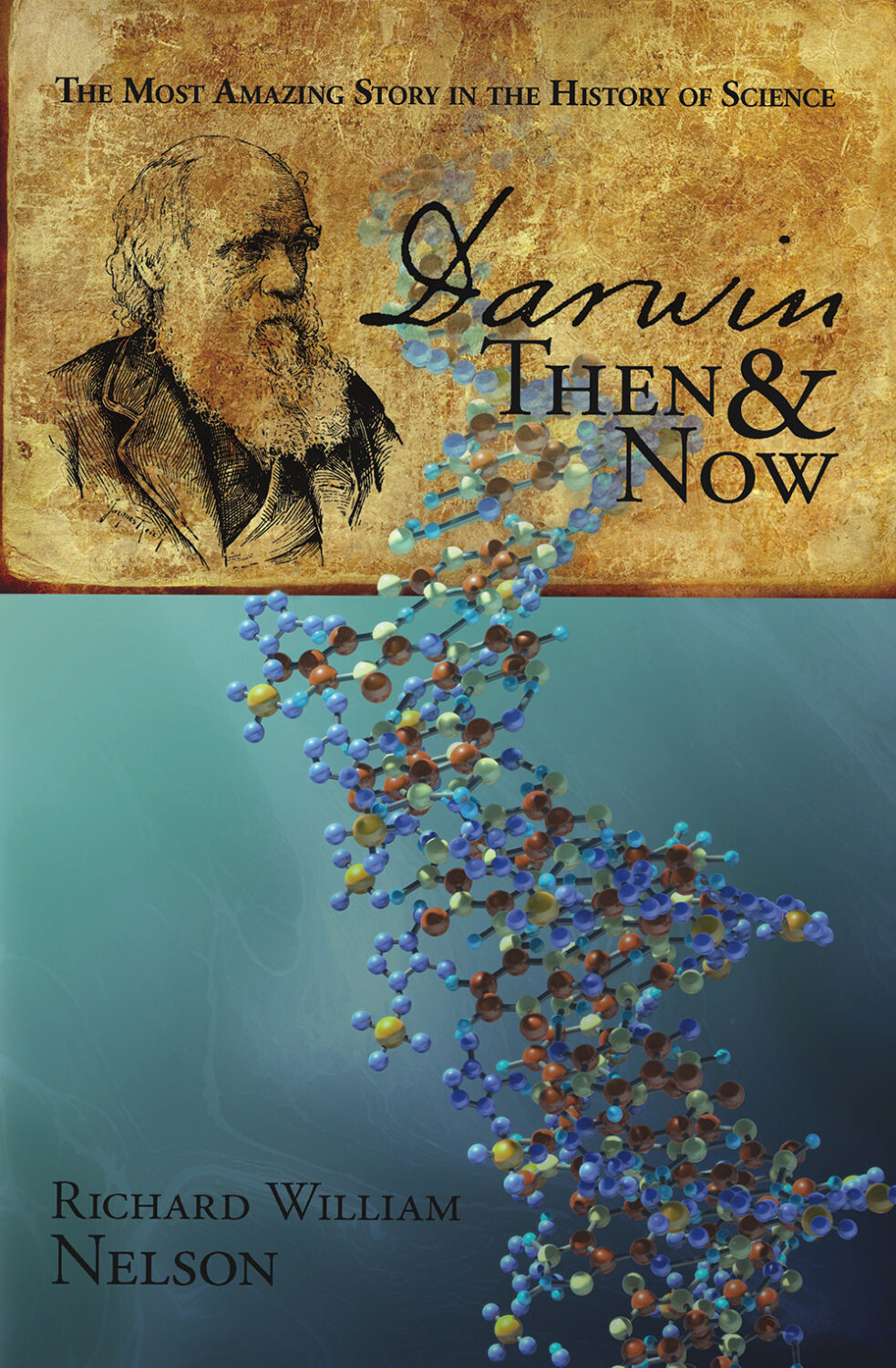by Richard William Nelson | Nov 8, 2022

Inheritance is the second of the five principles of natural selection, abbreviated as V.I.S.T.A. Niles Eldredge, a paleontologist at the American Museum of Natural History, formulated the acronym to understand Darwin’s theory of evolution.
For the museum’s Darwin exhibit, Eldridge uses the acronym to explain how the principles of variation, inheritance, selection, time, and adaptation drive natural selection. Inheritance is the second principle of Charles Darwin’s concept of natural selection.
In 1837, nearly twenty years before publishing The Origin of Species, Darwin drew his first sketch linking species by inheritance (pictured left).
Continue Reading
by Richard William Nelson | Aug 17, 2022

Variation is the first of the five principles of natural selection, abbreviated as V.I.S.T.A. Niles Eldredge, a paleontologist at the American Museum of Natural History, formulated the acronym to understand Darwin’s theory of evolution.
For the museum’s Darwin exhibit, Eldridge uses the acronym to explain how the principles of variation, inheritance, selection, time, and adaptation drive natural selection. Variation is the first principle of Charles Darwin’s concept of natural selection.
Continue Reading
by Richard William Nelson | May 27, 2022
 Logic and science play crucial roles in understanding how nature works. Importantly, however, there are distinct types of logic and methods in science. Selecting the appropriate type of logic and science is crucial for developing scientifically valid explanations.
Logic and science play crucial roles in understanding how nature works. Importantly, however, there are distinct types of logic and methods in science. Selecting the appropriate type of logic and science is crucial for developing scientifically valid explanations.
Charles Darwin applied various logic and scientific methods in his life-long quest to explain how Earth’s biosphere works. The story of his quest is fascinating, giving insight into how the interplay of logic and science still influences modern evolution research.
Continue Reading
by Richard William Nelson | Jan 13, 2022
 Three years into the pandemic, the origin of COVID-19 is still controversial. Two leading theories are under investigation: natural selection process or genetically engineered – each with vastly different implications. The phylogenetics of coronaviruses is the key to the COVID-19 origin dilemma and gaining insights into the theory of evolution.
Three years into the pandemic, the origin of COVID-19 is still controversial. Two leading theories are under investigation: natural selection process or genetically engineered – each with vastly different implications. The phylogenetics of coronaviruses is the key to the COVID-19 origin dilemma and gaining insights into the theory of evolution.
Coronaviruses are RNA, not DNA viruses. RNA viruses are associated with causing the common cold, influenza, mumps, and measles; coronaviruses in humans can cause respiratory tract infections ranging from no symptoms, mild symptoms to a cytokine storm resulting in organ failure and death in humans.
Continue Reading
by Richard William Nelson | Mar 31, 2021

The platypus puzzles naturalists and scientists alike. While its bizarre characteristics seem to defy a natural explanation, the platypus may be a classic transitional link. Like a reptile, it lays eggs, yet, it nurses with milk without nipples. As one of the least understood living mammals, and unlike any other known species, it has ten sex chromosomes. The platypus produces venom, like a reptile, and uses electroreception, like a shark – a puzzle known as the platypus paradox dilemma.
That’s not all; the list of oddities goes on. To gain an understanding of this evolution icon, scientists have long-awaited insights from its genome. This January’s journal Nature reports on the most comprehensive investigation of the platypus genome ever performed.
Continue Reading

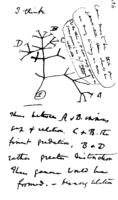
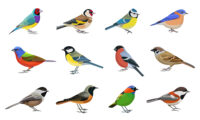

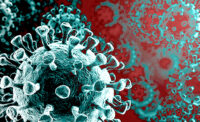 Three years into the pandemic, the origin of
Three years into the pandemic, the origin of 